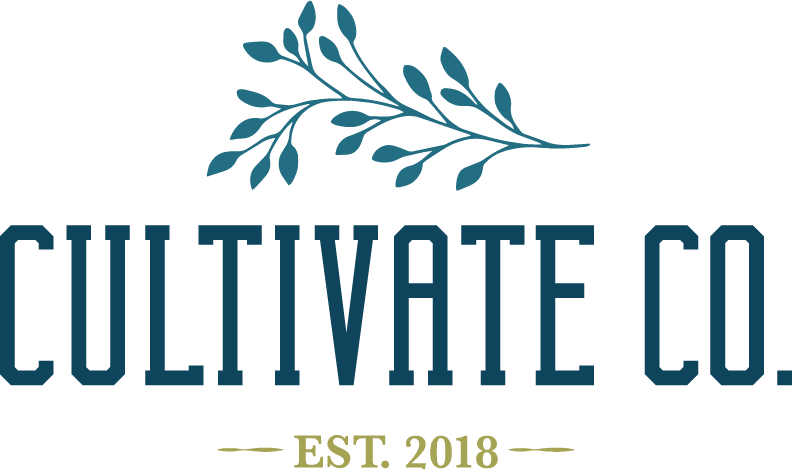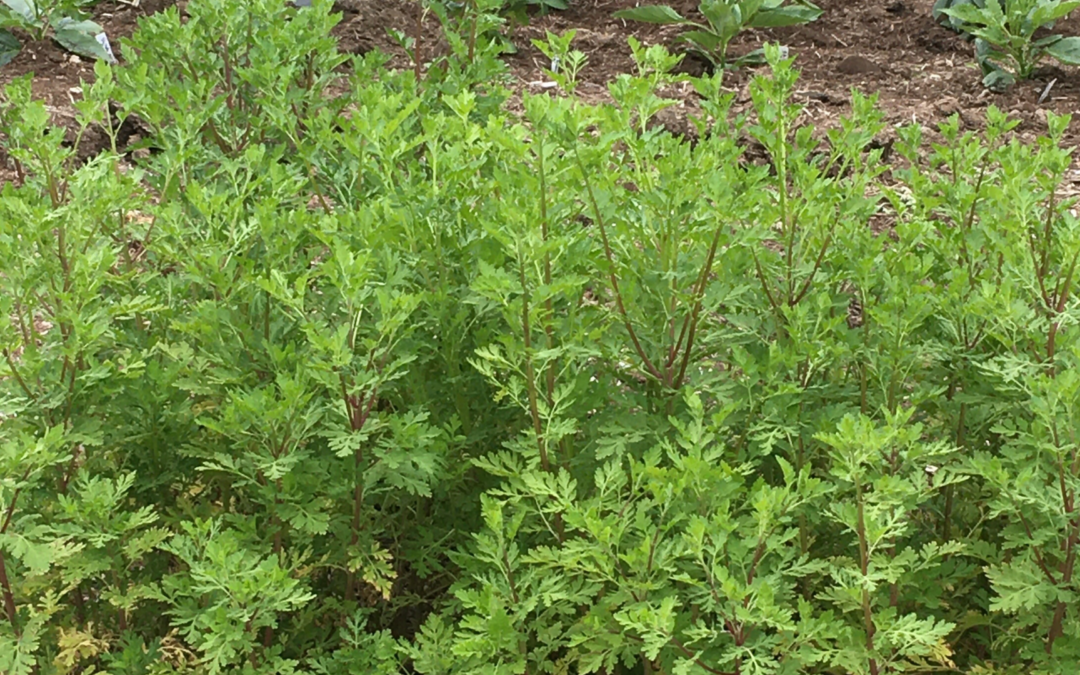You’ve probably planted most of your annual plants out in the garden or containers, and now it’s the grueling task of maintaining your plant’s health, so that you will have a bountiful harvest in the future!
Below are some tips for maintaining your plants:
Watering
In general, you want your cut flower plants to get about an inch of water every week. A rain gauge is helpful so you will know if the rainfall gave you enough water that week. You can also water by hand with a hose, run an irrigation line through your bed and turn on until bed is moist (once per week), or run a sprinkler. Remember to water in the early morning or evening so that most of the water doesn’t evaporate. I prefer to water in the evening because they seem so much happier the next morning after they’ve had a big drink and then a cool night.
On-going fertilization:
We spray our flower plants with compost tea and fish emulsion every week. We brew our own compost tea, but there are also some that you can buy online. We’ve used this before and it worked well.
You mix these into a spray bottle with water, per the directions, and spray directly onto the plants foliage. Avoid the flower petals if you can. This will give a growing boost to your flower plants!
Weeding:
This might go without saying, but keep your garden beds weed free! Weeds take up precious space and nutrients from your cut flower plants. Also, they tend to bring in disease and pests. You can keep them weed free by pulling weeds with your hands, using a hoe, mulching and using landscape fabric.

Disease and Pests:
This is too big of a subject to be covered generically, but I will cover some basics. We grow our plants organically, so you won’t hear me talking about any harmful pesticides or herbicides. The best way to keep your plants healthy, is to have healthy soil. If you can keep your plants healthy with nutrient rich soil, enough water, and keep the weeds down, hopefully you won’t have problems with pests. If you do happen to have some pest or disease problems, I would recommend organic neem oil. We used this as a preventative measure last year and it kept most bugs at bay. Beneficial insects like ladybugs and praying mantises can also be helpful by eating the “bad bugs.” If you’re having major pest or disease issues, I would definitely recommend getting a soil test in the fall and possibly have a professional come look at your garden.
Pinching:
If your plant is a cut and come again variety, meaning you cut your flower stems and then new ones grow in their place, then pinching can be very helpful to increase the length and number of your flower stems. Plants that benefit from pinching include: basil, zinnias, cosmos, celosia, marigold, snapdragon, carnations and dahlias. Some that don’t, are single stem sunflowers, dill, eucalyptus, and foxglobe. When the plant is 8-12 inches tall, take sharp pruners and cut off the top 3-4 inches of the plant, right above a set of leaves. Each plant you received will benefit from pinching.
Staking:
Most cut flower plants will get fairly tall because of the long stems. Therefore, you will want to stake them so they don’t blow over in a summer storm. You can really use anything as your stake; bamboo, rebar, wood, etc. Whatever you have on hand that’s tall and slender. Then just tie your plant to the stake to give it some stability.
If you have any questions about maintaining your cut flower plants, please reach out through our contact page!
Happy Growing!
-Joan

